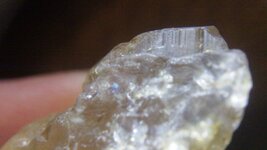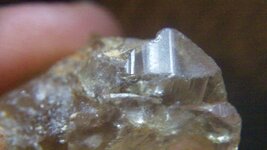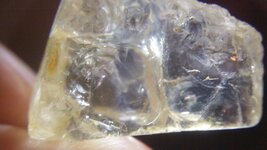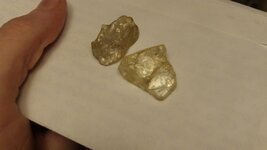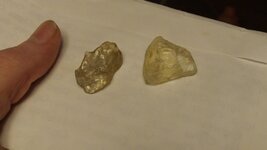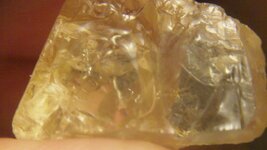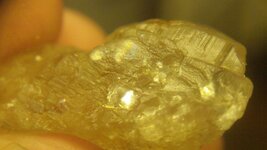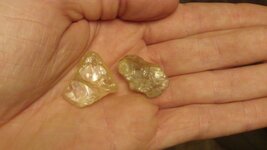BurntBear
Bronze Member
- Jul 4, 2014
- 1,450
- 1,303
- Detector(s) used
- Shovels....lots of shovels!
- Primary Interest:
- Other
I have been utilizing the specific gravity method for testing minerals and aiding in identification. I tested some "curious"-looking specimens from the dig in Hiddenite, N.C. recently. I had set aside several of these Quartz-looking specimens that had different characteristics (striations, luster, texture). These specimens read significantly higher on the S.G. tests than Quartz. They read the same as my Emeralds and other Beryl specimens. So, I believe I stumbled across some Goshenite/Yellow Beryl and didn't even know it. Here are a few photos. I'll add more photos of the others I found when I get a chance.
